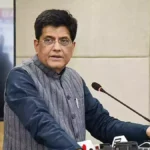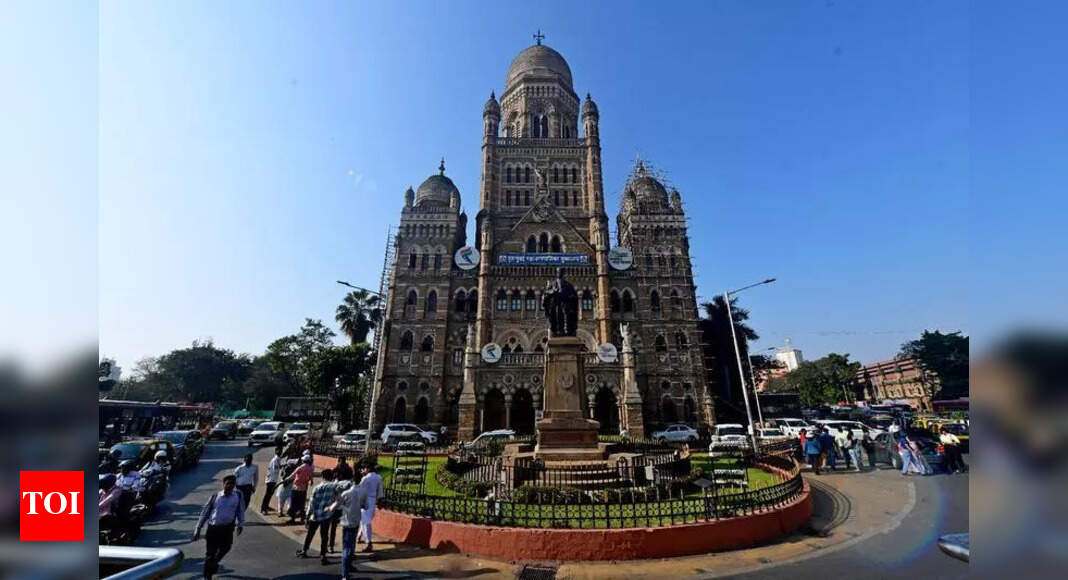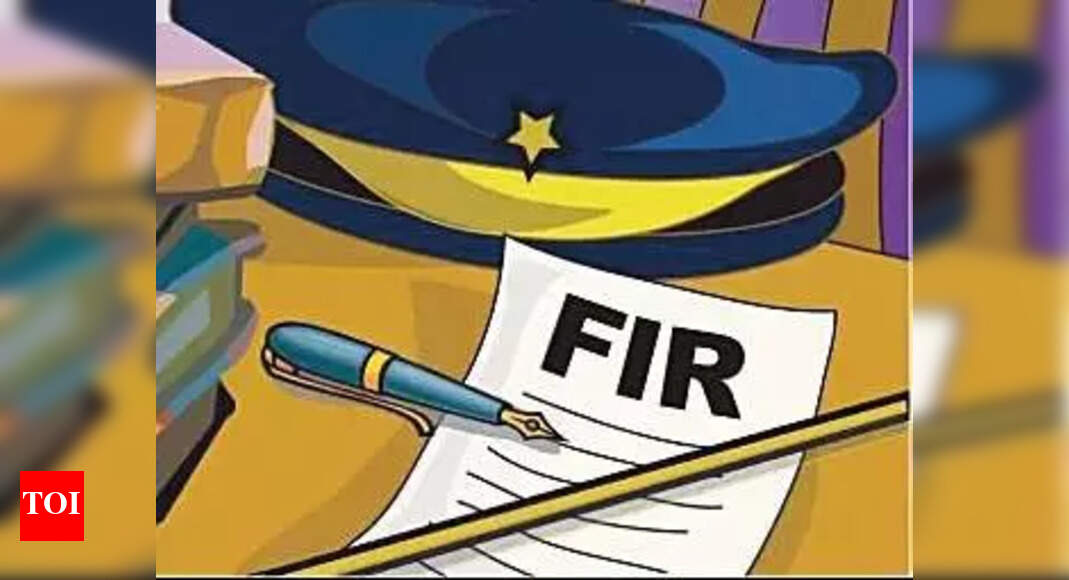Mumbai: The Mumbai Metropolitan Region Development Authority (MMRDA) is planning to improve walkability around metro stations by widening footpaths and constructing foot overbridges (FOBs), among other measures.

Plans to improve the multi-modal integration of metro corridors with other modes of transportation were discussed in a meeting last week between the MMRDA and Walking Project, a Mumbai-based pedestrian advocacy group. The NGO also sent a letter to the government agency on ways and means to improve the condition of footpaths outside metro stations.
Walking Project, founded in 2012, has been in constant dialogue with MMRDA over the challenges faced by pedestrians while accessing existing metro stations. “MMRDA increased footpath widths around the metro station to good widths, but their scope was extremely limited to the area around the station entrances,” said Vedant Mhatre, programme manager, Walking Project.
Moreover, the footpaths are also taller than the Indian Roads Congress’s (IRC’s) prescribed 15 cm height, he said. “There are no slopes at kerbs for wheelchair access or tactile paving for the visually impaired. Neither is there a hawking management plan. Road crossings are inadequate, and pedestrian intersection design is also poor,” he added.
The multi-modal integration (MMI) plan hopes to fix these issues. One important proposal is the construction of foot overbridges (FOBs) connecting metro stations to nearby areas for safe and convenient access.
MMRDA plans to build FOBs to connect the Ram Mandir suburban railway station with the Goregaon (East) metro station on Metro line 7, the Goregaon (East) metro station with Nirlon Knowledge Park, and the Aarey Metro Station with Oberoi Mall. In March, when the Oberoi Skycity Mall was opened, so did an FOB, connecting it with the Devipada metro station. In Vile Parle, where Metro line 2B is under construction, Walking Project is working with MMRDA to improve the connectivity between the metro and suburban railway stations with colleges in the area.
In its letter dated March 12 to MMRDA commissioner Sanjay Mukherjee, Walking Project stated: “As active users of this infrastructure through our community walks and advocacy efforts, we have observed both its benefits and areas for improvement. Through these observations, we have identified key gaps in design and implementation that, if addressed, could significantly enhance the pedestrian experience within the Transit-Oriented Development influence zone of metro stations.”
According to Mhatre, these measures will not only improve daily commuting experiences but also increase metro ridership by making first- and last-mile walking journeys safer, faster, and more comfortable. “We recommend that MMRDA adopt key pedestrian infrastructure performance metrics. Since the MMI plan is a one-time intervention, it is essential to implement best-in-class design standards from the outset.”
The MMI plan also includes initiatives like improving last-mile access, expanding the catchment area, and introducing pod taxis and ropeways. Under the catchment area expansion plans, the upcoming metro lines extending into Thane, Mira-Bhayander, and other suburbs will expand commercial opportunities, allowing businesses to cater to a larger consumer base.
“We have taken a holistic development approach,” said MMRDA’s Mukherjee. “Our vision is aligned with the Mumbai in 59 Minutes concept, ensuring that people can travel across key business districts and residential hubs within an hour. By seamlessly connecting metros with pod taxis, FOBs, and efficient last-mile solutions, we are creating a truly multi-modal transport ecosystem that will redefine the way Mumbai moves, enhancing accessibility and boosting economic activity across the city.”










